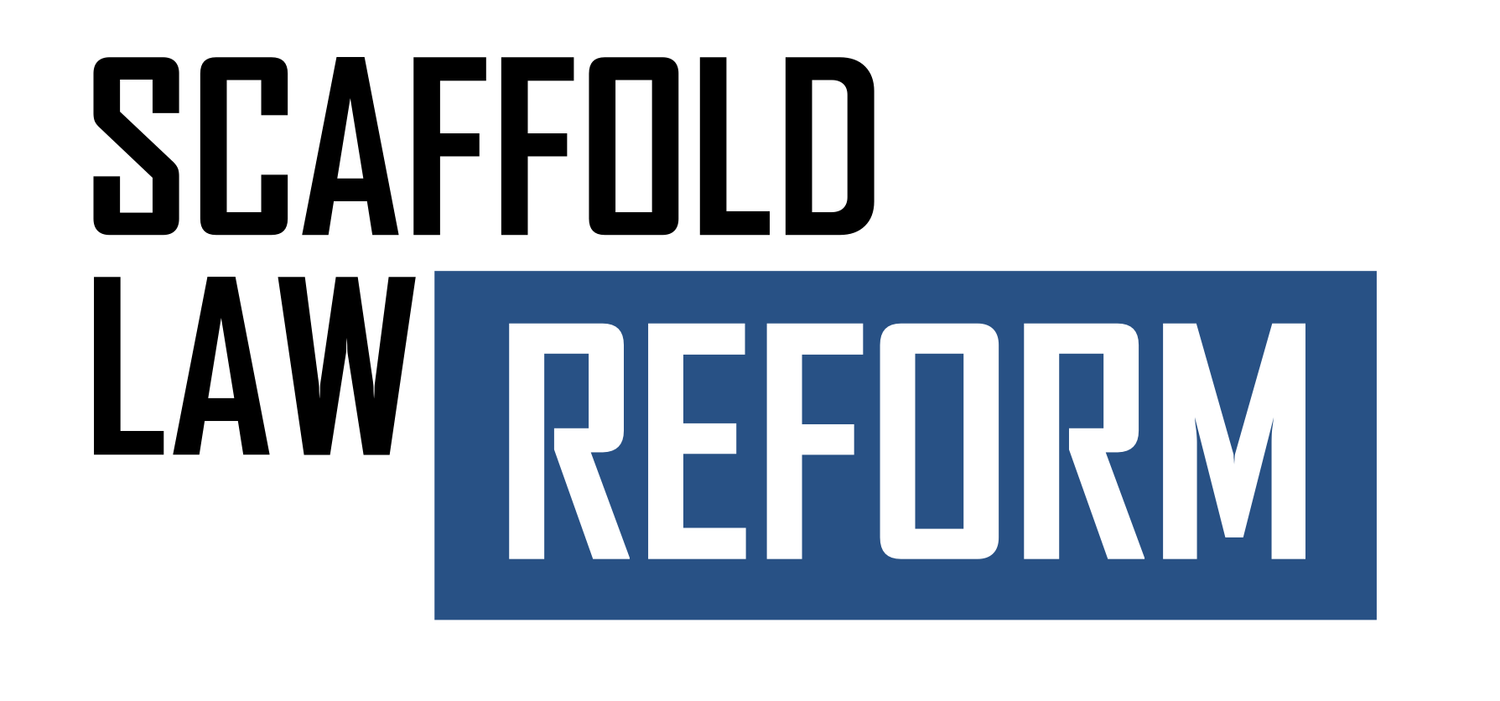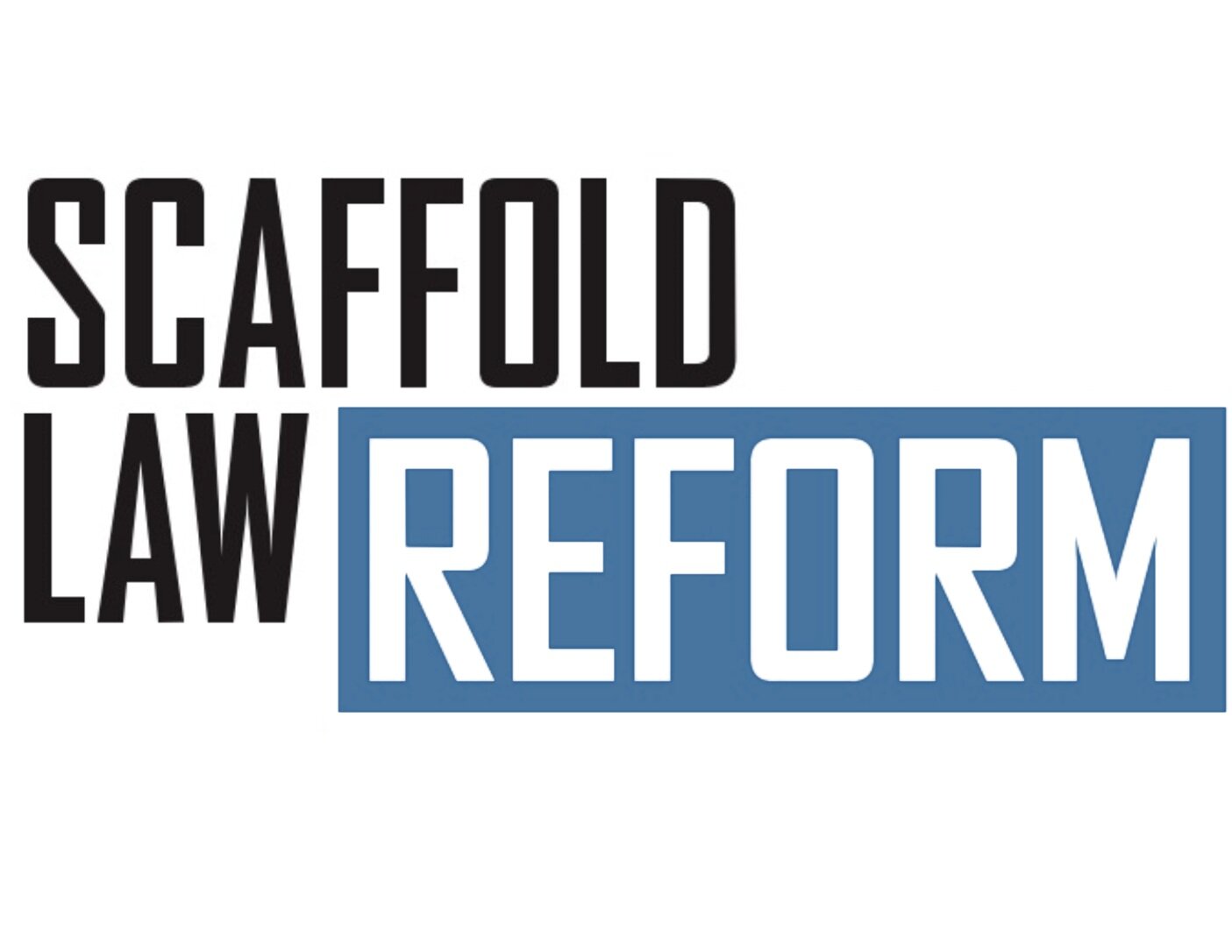Scaffold Law Opinion in the New York Post
Andrew Cuomo’s vast public-construction plans come at a huge price for NY
“These are not ordinary times,” Gov. Andrew Cuomo intoned Thursday as he began a State of the State follow-up speech devoted to New York’s infrastructure needs — without accounting for the fact that Empire State infrastructure spending is uniquely prone to boondoggle.
What followed was, in fact, not out of the ordinary, if only by recent Cuomo standards: a long and mostly familiar list of big capital projects — some just completed, such as Moynihan Station, and others underway, such as the Javits Center expansion — coupled with an ever-growing total price-tag, all ultimately backed by uncertain funding sources.
Five years ago this month, Cuomo made a splash by announcing $100 billion worth of “transformative” infrastructure projects. Two years later, he unveiled what he said was an additional $150 billion “investment” in infrastructure.
In January 2019, he added $25 billion to that program, bringing the total he’d proposed since 2016 to $275 billion.
And now he has boosted that number to $306 billion, to be spent over a conveniently unspecified period of time, paid for in unspecified ways.
It is, he says, “not just the largest infrastructure plan in New York history,” but “the largest, most ambitious plan of any state in the nation.” This is no doubt true. But there is also no other state that would get less bang for 306 billion bucks.
New York’s capital construction programs are notoriously costly and wasteful, thanks to several factors the governor and the state Legislature ultimately have the power to change — but seem intent on making worse.
Foremost is New York’s misnamed “prevailing wage” law, which mandates labor costs that are neither truly prevailing nor limited to wages. As applied by the state Labor Department, workers on public construction projects must be paid the hourly rates prescribed in regional building-trades union contracts, including supplemental benefits whose costs match or exceed wages.
Construction workers in the New York City region are among the most expensive in the world, with combined pay and benefit packages reaching $90 an hour for laborers, more than $100 an hour for skilled positions such as carpenters and plumbers and higher still for operating engineers.
Because it also effectively requires contractors on public-works projects to organize and assign work as required by inefficient union rules, the prevailing-wage law drives up total construction costs by 13 to 25 percent, depending on the region, according to my research for the Empire Center. In other words, that $306 billion cited by the governor includes a cost premium of $35 to $60 billion.
Cuomo has made matters worse by pushing for more use of “project labor agreements,” or PLAs, on public works projects. Mandatory PLAs have the effect of preventing non-union contractors from bidding on jobs, which shrinks the pool of eligible bidders and further drives up costs.
Compounding the impact of labor-union preferences is New York’s unique Scaffold Law, which significantly raises liability-insurance costs by imposing “absolute liability” on contractors and property owners for elevation-related injuries to workers.
Cuomo, however, has always talked as if money should be no object when it comes to capital spending. Seizing on COVID-19 and its aftermath as the equivalent of “war,” the governor says it’s optimal to pour even more money into infrastructure now, “when the interest rates are low, when New Yorkers are looking for work and when we can optimize the value of our investments.”
Yes, low interest rates reduce borrowing costs — but that’s only part of the overall debt equation. Principal must be repaid from a revenue source. And revenue from all sources — taxes, tolls, fares and fees — is down sharply in the wake of the pandemic, which is why both the state and city budgets are flooding with red ink.
Cuomo made it clear that he expects to see a big boost in federal infrastructure spending under incoming President Joe Biden — which certainly looks like a safe bet. Still, $306 billion is a tall order, even if the feds foot a larger share of the bill.
Seeking to link his program to Franklin Roosevelt’s response to the Great Depression, Cuomo pledged to “learn from the past as we move forward.” He added: “I am not sure that history repeats itself, but I believe, as Mark Twain said, that it ‘rhymes.’ ”
In this case, we’re looking for something that rhymes with “debt” and “taxes.”
E.J. McMahon is a senior fellow at Empire Center. Twitter: @EJMEJ
Read it online here: https://nypost.com/2021/01/14/andrew-cuomos-public-construction-plans-come-at-a-huge-price/

